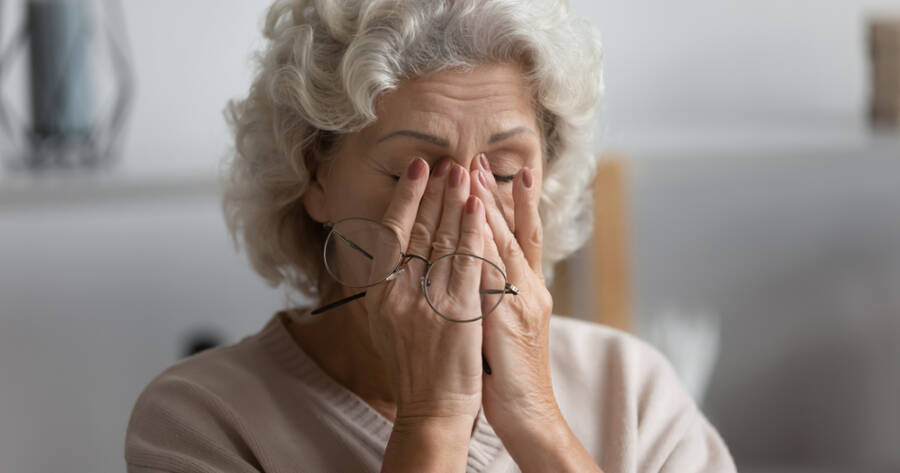Postural Orthostatic Tachycardia Syndrome (POTS) is a condition that affects blood flow. It can make daily activities difficult and cause a variety of symptoms. Let’s explore what POTS is, common symptoms, and effective treatment options that can improve quality of life.
What is POTS?
POTS is a type of dysautonomia, which means it involves problems with the autonomic nervous system. This system controls functions that happen automatically, such as heart rate and blood pressure. People with POTS experience an abnormal increase in heart rate when they stand up. Normally, when a person stands, blood flows down to their lower body, and the body adjusts to keep the blood circulating. In people with POTS, this process doesn’t work correctly, causing the heart to beat much faster than usual to compensate.
POTS can affect anyone, but it is more common in women, especially those between the ages of 15 and 50. 1 The exact cause of POTS isn’t always clear, but it can sometimes follow an illness, injury, or other health events like pregnancy. It is important to note that while POTS can be life-changing, it is not life-threatening.
Symptoms of POTS
The primary symptom of POTS is a rapid increase in heart rate when standing up. This can cause dizziness, lightheadedness, or even fainting. Other common symptoms include: 2
- Fatigue: Many people with POTS experience extreme tiredness, even after simple activities.
- Brain fog: Some people have difficulty thinking clearly or concentrating.
- Palpitations: The heart may feel like it’s pounding or racing.
- Nausea: Stomach issues, including nausea or vomiting, can be a part of POTS.
- Headaches: Some individuals report frequent headaches or migraines.
- Sweating and shaking: Unusual sweating or feeling shaky can happen as well.
- Cold hands and feet: Due to circulation issues, some people may notice coldness in their extremities.
POTS symptoms can range from mild to severe, and they may come and go. They are often worse after long periods of standing, in hot environments, or after eating a large meal.
Diagnosing POTS
Diagnosing POTS can be tricky, as its symptoms are similar to other conditions. A key test used to diagnose POTS is the tilt table test. During this test, a person lies down on a special table that tilts them to an upright position while their heart rate and blood pressure are monitored. If the heart rate increases by more than 30 beats per minute within 10 minutes of standing (or more than 40 beats per minute for those under 19), this may suggest POTS.
Doctors may also perform blood tests to rule out other conditions that could cause similar symptoms. It’s important to work with a healthcare provider who understands POTS, as it can be difficult to diagnose if the symptoms are not recognized.
Managing and Treating POTS
While there is no cure for POTS, many people can manage their symptoms with lifestyle changes and medications. The treatment plan for each person may vary, depending on their specific symptoms and triggers. Common treatment options include:
- Increasing fluid and salt intake: Staying hydrated and consuming more salt can help maintain blood pressure and improve symptoms.
- Compression garments: Wearing compression stockings or abdominal binders can help prevent blood from pooling in the legs.
- Exercise: Gentle exercise, especially recumbent exercises like swimming or cycling, can help improve circulation and strengthen the body’s ability to regulate blood flow.
- Medications: Some people benefit from medications that help regulate blood pressure, heart rate, or blood volume. 3
- Dietary changes: Eating smaller, more frequent meals may reduce the symptoms that occur after eating. Avoiding alcohol and caffeine can also help, as substances can worsen symptoms.
Pacing activities and avoiding prolonged standing can make a significant difference. Managing POTS often requires trial and error to figure out what works best for each person.
Living with POTS
Living with POTS can be challenging, but many people find ways to improve their quality of life. Finding support from others who have POTS, whether online or in person, can make a big difference. It is also important to educate family, friends, and coworkers about the condition so they can understand and offer support.
People with POTS should also focus on their mental health. The unpredictable nature of the condition can be frustrating, and it is common to feel discouraged at times. Working with a mental health professional, practicing stress-reducing techniques like meditation, and building a support system are important aspects of managing life with POTS.
Learn More About POTS
POTS is a complex condition that affects the body’s ability to regulate heart rate and blood pressure. While its symptoms can be overwhelming, treatments such as lifestyle changes, medications, and support systems can help manage the condition. By working closely with healthcare providers, staying informed, and making necessary adjustments, people with POTS can improve their daily life and reduce the impact of symptoms.
